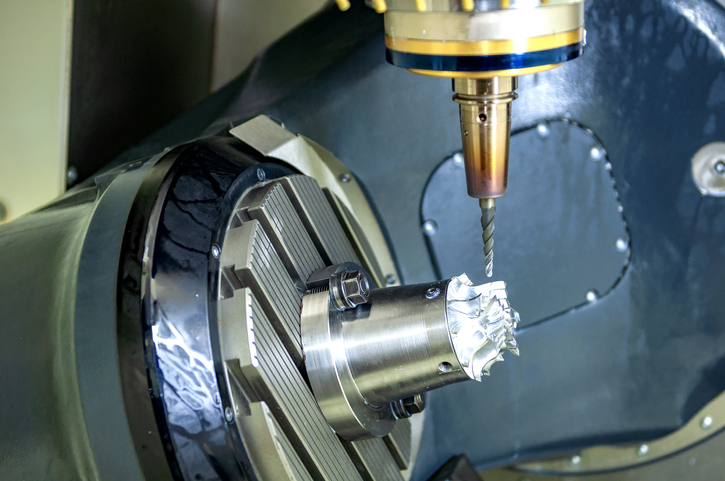The WEEE Directive Implementation is of paramount importance for manufacturers, exporters, and importers engaged in the electronics industry. In todays world, as environmental concerns continue to rise, understanding and adhering to the Waste Electrical and Electronic Equipment (WEEE) regulations is not just a responsibility, but a necessity.
The focus on sustainability has never been more critical, and the electronics industry plays a pivotal role. As exporters and importers navigate their operations, the WEEE Directive Implementation presents both a challenge and an opportunity for greater environmental stewardship.

Understanding the WEEE Directive
The WEEE Directive is a European Union directive aimed at reducing electronic waste and promoting environmental sustainability through efficient waste management and recycling processes. It requires manufacturers, distributors, and retailers to manage the collection, recycling, and recovery of electronics products.
Why Is WEEE Directive Important?
The directive is essential as it helps combat the growing issue of electronic waste, which poses a significant threat to our environment. By implementing this directive, manufacturers and exporters can contribute to a healthier planet.
Benefits of Compliance
- Reduction in the environmental impact of electronic waste
- Promotion of sustainable practices in manufacturing and distribution
- Access to new markets and potential business opportunities
Key Elements of the WEEE Directive
Responsibility in Supply Chain
From producers to consumers, every stakeholder has specific responsibilities, making smart manufacturing pivotal.
Recycling Targets
Directive sets ambitious targets for recycling with specific quotas to adhere to, encouraging innovation in recycling technologies.
Product Design and EOL
Manufacturers must ensure that products are designed with end-of-life (EOL) considerations for easy recycling and recovery.
Impact on Exporters and Importers
Compliance with the WEEE directive opens new avenues for trade while ensuring ecological balance is maintained across borders.
Challenges in International Trade
Different regions may have distinct interpretations and adaptations of the directive, complicating international trade compliance.
Resource Efficient Practices
Adopting sustainable manufacturing practices promotes efficient use of resources and reduces unintended waste generation.
Steps to Successful Implementation
Assessment of Current Processes
Exporters must evaluate their current processes, identifying compliance gaps and areas for improvement to meet WEEE standards.
Integration of Recycling Technologies
Incorporating modern technologies in recycling operations can enhance compliance efficiency and minimize environmental impact.
Partnership with Compliance Experts
Working with compliance specialists can provide invaluable insights into meeting WEEE directive requirements seamlessly.
Future of WEEE Directive in Electronics
As innovations evolve, the directive may expand its scope, necessitating constant updates in compliance strategies.
Impact on Manufacturers
The directive challenges manufacturers to innovate and develop greener technologies that align with global sustainability goals.
Conclusion
The WEEE Directive Implementation is crucial for preserving our environment while ensuring the electronics industry thrives through sustainable practices. By understanding and adhering to this directive, businesses can lead the way toward a cleaner, greener future.

Frequently Asked Questions
1. What is the WEEE Directive?
The WEEE Directive is a regulatory framework in the European Union focusing on reducing the environmental impact of electrical and electronic equipment throughout their lifecycle.
2. Why must exporters comply with this directive?
Compliance ensures the reduction of e-waste in environments, meeting international environmental standards, and opens channels for new trade markets.
3. How can manufacturers facilitate compliance?
Manufacturers can ensure compliance by designing products with end-of-life recycling in mind, integrating advanced recycling technologies, and working with regulatory experts.
For further reading on integrating electronics into physical prototypes, you can visit this MIT article.


